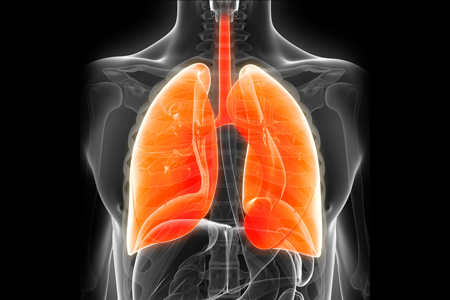High blood pressure in the arteries supplying the lungs is referred to as pulmonary hypertension. The American Heart Association refers pulmonary hypertension to high blood pressure in the arteries of the lungs which occurs at the time when the vessels of the pulmonary arterial system constrict and their walls thicken. This results in building up of blood pressure. Deoxygenated blood is pumped into the lungs from the right side of the heart, and when the arteries of lungs thicken and are not able to accommodate the blood volumes being pumped in the lungs for oxygenation, the right ventricle starts working harder and harder. As a result, arrhythmias can develop and the right ventricle can fail.
Pulmonary Hypertension reporting
You would be required to report I27.0 for primary pulmonary hypertension. Primary pulmonary hypertension which is also known as idiopathic pulmonary arterial hypertension (IPAH) is rare and is characterized by high pressure on pulmonary artery without an evident cause. In order to report such a condition, the physician, physician’s assistant or nurse practitioner should document idiopathic or pulmonary hypertension. You may also note that I27.0 carries an Excludes 1 note listing pulmonary hypertension NOS and secondary pulmonary hypertension.
In order to report NOS and secondary diagnoses, you should use the secondary code I27.2. The cause of secondary pulmonary hypertension could be due to conditions like connective tissue diseases, emphysema and pulmonary emboli.
What will be ICD-10-CM 2017 Pulmonary Hypertension Code Offerings?
Recently, Bayer HealthCare Pharmaceuticals requested a set of fresh codes for pulmonary hypertension which it said was coinciding with the way how clinicians classify the disease. In 2009, this system of five diagnostic groups were created by the World Health Organization. Pulmonary arterial hypertension is covered under the WHO Group I, pulmonary hypertension caused by left heart disease under Group II, Group III consists of pulmonary hypertension due to hypoxia and/or lung disease. Chronic thromboembolic pulmonary hypertension is covered under Group IV and pulmonary hypertension with unclear multifactorial mechanisms in Group V. The ICD-10 Coordination and Maintenance Committee promised to seek input from relevant medical societies prior to adding more codes to the code set of ICD-10.
The coding updates for 2017 ICD-10-CM have been out and there after numerous revisions, changes and new codes. Both the Inpatient Prospective Payment System (IPPS) and the Outpatient Prospective Payment System (OPPS) has been released by CMS. They drafts along with the proposed rule changes to the physician fee schedule and other Medicare Part B payment policies.
Join expert speaker Jill M. Young, CPC, CEDC, CIMC, in this audio session to get familiar with the new and revised codes and how those can affect your pulmonary practice. You will also be able to learn about the documentation requirement for the proposed sedation codes in sleep medicine, HCPCS and CPT® coding changes for 2017, and much more.




